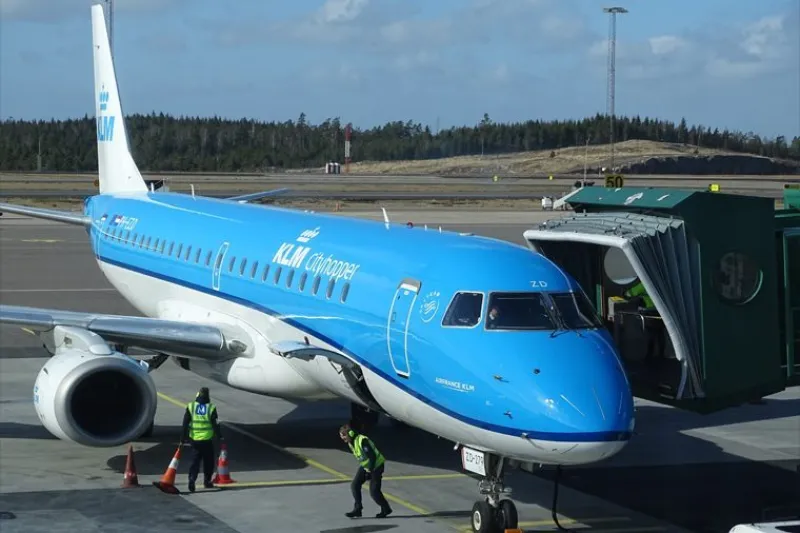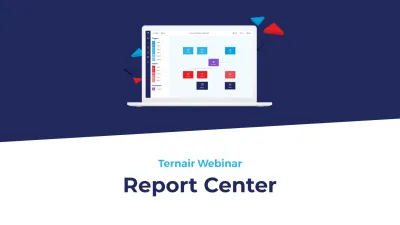To also stay in touch with customers between their air travel, KLM has created iFly, an online platform that offers travelers inspiration at relevant moments in their journey. Ten million people worldwide (both customers and non-customers) receive a notification when new content can be found on the website. With subjectline testing and personalization, KLM aims to engage the largest possible readership.
Online platform
iFly once started as an online magazine. That was published and the old one then disappeared into the virtual trash. "Only via the link in the e-mail in which we announced that a new iFly had been published could you then access it," says Marc Jansz, who is responsible for iFly at KLM. "Now we still make digital periodicals but they are published in an always-on environment where all content remains accessible. For example, an article about St. Maarten is linked to other beach destinations that have been published about before." Meanwhile, there is so much content that themed magazines are also made from it, such as beach or active & outdoor. These are aimed at specific target groups. "Furthermore, once a year in December we have a special where we list the fifty must-see destinations of the coming year. We also just released VR content for the first time, where you can walk among elephants in Thailand with VR glasses on. And we publish podcasts with inspiring stories about travel. iFly has thus grown into an ecosystem dedicated to inspiring people." Brand awareness is iFly's primary objective. "Most people go on vacation once or twice a year. Through iFly, we stay in touch with them in a natural way."
E-mail generates most traffic
The main source of traffic to the iFly Web sites is e-mail. Each periodical is produced in five languages: Dutch, English, German, French and Spanish. Worldwide, iFly is sent to ten million people. Anyone who signs up for the general newsletter on KLM.com gets the option to receive iFly as well. And anyone who lands on the iFly homepage via SEO will see a pop-up asking if you want to sign up for the newsletter. "Depending on the topic, we also activate on social media through ads," Marc says. "We do this particularly with themed editions, because social advertising naturally allows you to zoom in on relevant target groups very well. An outdoor enthusiast comes to iFly through such an ad and then hopefully signs up for the newsletter. We also draw attention to content through in-browser notifications. The website visitor can indicate on the site that he wants such a notification when there is something new."
Subjectline testing
All content needs attention, it is not a given that people open iFly's mail in their busy inbox. That's why Marc started an optimization process together with Ternair. The first step was to start testing different subject lines. "Significant differences could be seen. In some cases, certain variations yielded an increase of up to 8 percentage points. That tastes like more. Next, we're going to see if other variables come into play, such as whether or not someone is a Flying Blue member. In addition, we want to include recipients' interests. By tagging the content, we know what generates interest. With that information, we want to respond to needs. Someone who loves the beach, we'll mainly show beach destinations and in the subject line we'll respond to that later. We can do great things with this."





